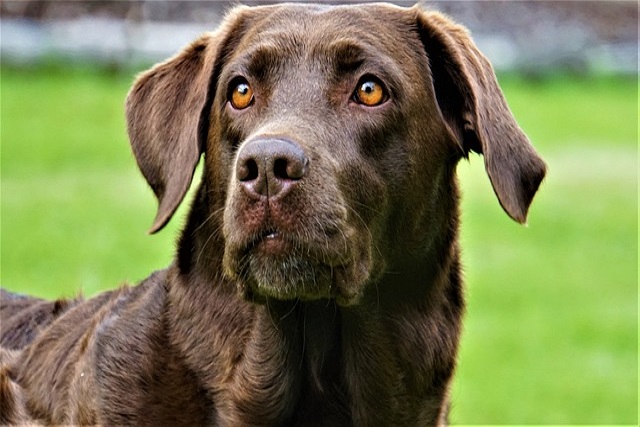
Does dog plaque powder really work
Does dog plaque powder really work? This is a question many new dog owners in Europe and the US, especially in the US, often ask.
What foods are good for dogs’ teeth-cleaning? If you’ve ever lifted your pup’s lips during a cuddle session and noticed a yellowish film on their canines, or winced at the “dog breath” that hits when they nuzzle your face, you’re not alone. Dental health is a big deal for dogs—poor teeth can lead to pain, infections, even heart issues. But besides brushing (which many pups hate), certain foods can help scrub those chompers clean. Let’s break down what works, why, and how to serve them.
The science is simple: Crunchy, firm foods act like tiny brushes, scraping away plaque as your dog chews. Plaque is that sticky film of bacteria that hardens into tartar over time, and mechanical friction—from chewing—breaks it down. It’s like how biting into a crisp apple helps clean your own teeth, but for dogs, the effect is even better because they chew more vigorously. Soft or mushy foods, on the other hand, stick to teeth, making plaque worse.
So, what should you add to their bowl? Start with raw carrots—they’re low-calorie, full of fiber, and their crunchy texture is perfect for scrubbing. A friend in Denver gives her Beagle a 2-inch carrot stick after meals; after a month, her vet noticed less plaque. Apple slices (seedless, since seeds have tiny amounts of cyanide) work too—their firmness and natural sweetness make them a hit with most dogs. Broccoli stems, steamed just enough to soften slightly but stay firm, are another winner—packed with vitamins and great for gnawing. For something more indulgent, raw, meaty bones (like beef knuckles or lamb ribs, never cooked—cooked bones splinter) let dogs gnaw for hours, cleaning between teeth as they work. Just supervise to avoid choking!
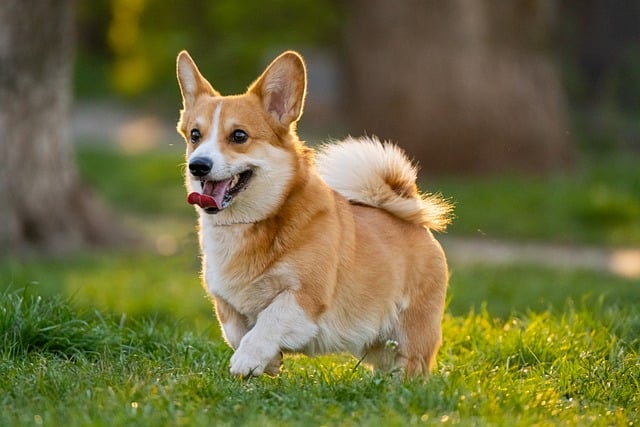
Avoid hard, brittle treats like antlers or rocks—they can crack teeth. Stick to vet-approved options, and check for the VOHC (Veterinary Oral Health Council) seal on commercial dental treats, which means they’re proven to reduce plaque.
Now, let’s tie this to life as a U.S. dog owner. Legally, keep those vaccines current—rabies shots are required in all 50 states, and many vets won’t do dental cleanings without proof of up-to-date shots. When out walking, always clean up after your pup; cities like Chicago fine up to $300 for leaving messes, and a dog with dental pain might be more likely to “accidentally” skip their potty spot. Culturally, never force a dog to eat a dental food—if they turn up their nose at carrots, try apple slices instead. Praise them when they chomp down, turning it into a positive experience. In apartments, serve crunchy foods over a mat to catch crumbs—no one wants carrot bits in the carpet. For community walks, keep an eye out—don’t let them grab sticks or rocks, which can scratch teeth worse than plaque.
Dental health takes consistency, not perfection. That Denver Beagle now looks forward to her post-dinner carrot, and her breath? Way better. With the right foods and a little patience, your pup’s smile will stay bright—and their kisses, much more pleasant.

Does dog plaque powder really work? This is a question many new dog owners in Europe and the US, especially in the US, often ask.
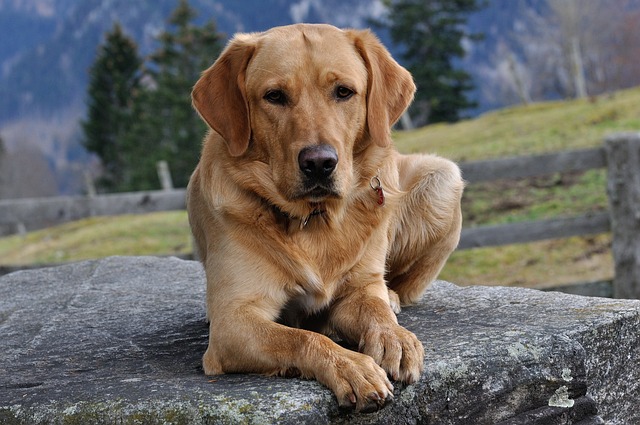
from a whiff that smells like a dumpster behind a seafood shack, you know the struggle. Stinky dog breath isn’t just a nuisance—it’s a sign their mouth needs a little help.
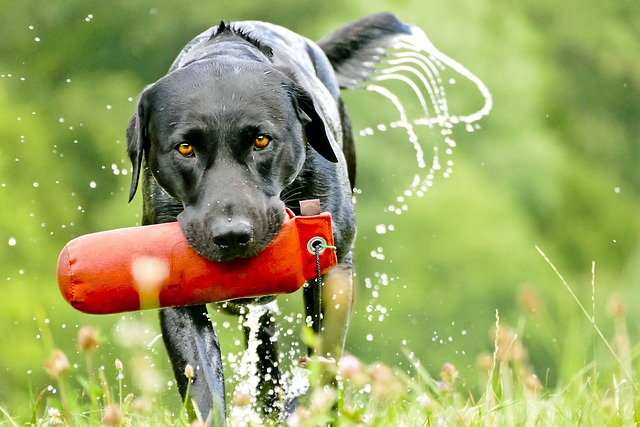
That moment your excited pup greets you with a yawn that smells like old garbage and wet socks – it’s enough to make anyone recoil.
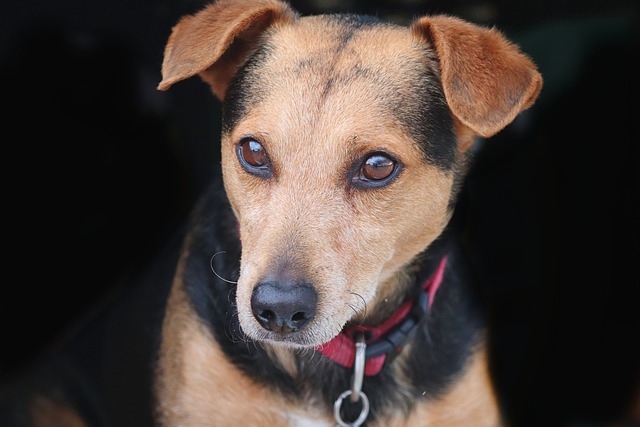
How do I relieve my dog's fever? It’s a question that makes any new pet parent’s heart race. You notice your pup is listless, avoiding their food bowl, and their ears feel warmer than usual—little signs that something’s off.
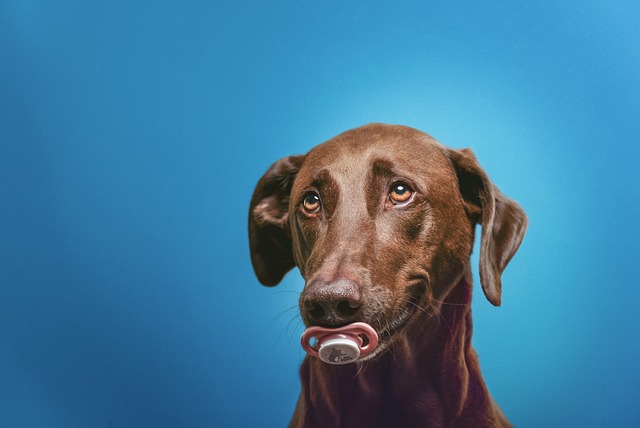
How long does a dog take to get rid of parvo? For new pet parents, few diagnoses spark more panic than this—imagining your playful pup suddenly lethargic, refusing meals, or struggling with diarrhea.
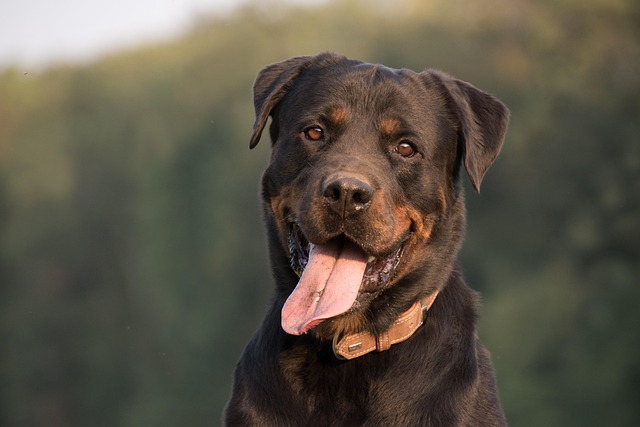
What to feed a dog with dental pain? Picture this: You set down your pup’s usual kibble, and instead of diving in, they sniff it, back away, and whimper softly.